Creating sustainable high needs systems
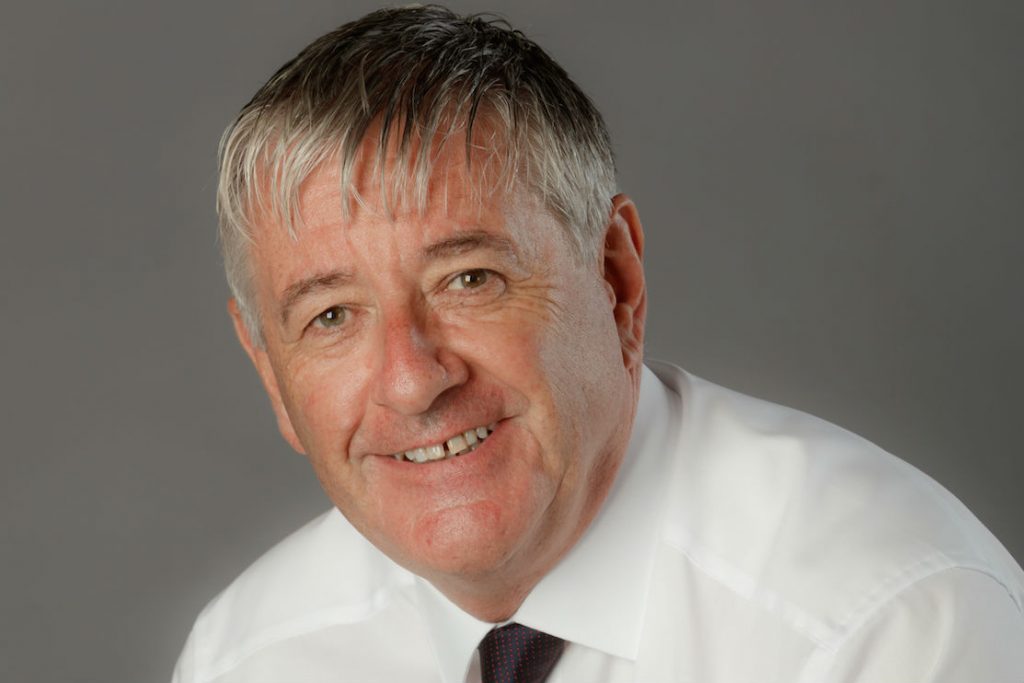
How can local authoritiesmanage their high needs systems and associated spending in a sustainable way?
Sustainable and effective high needs systems should be a priority of local authority leadership. The ‘safety valve’ intervention programme has demonstrated just how quickly good leadership and genuine collaboration across education and finance can identify suitable and innovative solutions, for the benefit of children and young people with special education needs and/or disabilities (SEND).
The government recognises that, over recent years, significant pressures on high needs budgets have resulted in many local authorities accruing deficits on their Dedicated Schools Grant (DSG). The right response to tackling this is a multi-faceted approach which looks to the heart of the issues: significant increases in high needs funding nationally; targeted intervention for the local authorities which have struggled the most; and reform from the upcoming cross government SEND review. The SEND review is considering improvements to make sure the SEND system is consistent, high quality, integrated and financially sustainable for the future. Nevertheless, all local authorities must take responsibility for effective management of their high needs systems in the short term.
Many local authorities continue to do just that: work effectively to manage their high needs systems and associated spending in a sustainable way, supported by the significant funding increases since 2020-21, for the benefit of the children and young people they serve. They will be in a strong position to modernise in line with the SEND review as change is implemented.
For some local authorities, however, there is a more urgent need to resolve issues with the sustainability of their high needs systems. These local authority leaders have an immediate opportunity to get on the front foot in advance of the SEND review, by taking effective steps now. We know many local authorities are working hard to be sustainable already, in particular in light of the temporary ring-fence for DSG deficits (up to the end of 2022-23). Sustainable high needs systems are essential for the effective ongoing support of children and young people with SEND, and this will be the focus for any future high needs system. Furthermore, as it stands, local authorities will need to demonstrate their ability to cover DSG deficits from their available reserves from 2023-24 onwards.
In 2020-21, the Department for Education introduced the ‘safety valve’ intervention programme for those local authorities with the very highest percentage DSG deficits, recognising that help would be needed for these authorities to turn things around in a short space of time. The programme required those local authorities to develop substantial plans for reform to their high needs systems and associated spending, with support and challenge from the department, to rapidly place them on a sustainable footing. The authorities will be held to account for their reform and savings via regular reporting to the department. The department will help the local authorities with additional funding over time to contribute to their historic deficits, contingent on delivery of the reforms.
The programme, working with a small number of local authorities in the first round, identified a number of ways in which local authorities can and should improve their management of their high needs systems. The lessons learned through this intervention programme could benefit other local authorities, which should be looking to make improvements to their management of high needs for the benefit of their children and young people. We have set out below key reflections from the programme which we hope other local authorities can learn from and implement where possible.
Tony McArdle, Chair of the SEND System Leadership Board and former CEO of Lincolnshire County Council
Goals of a sustainable high needs system
The ‘safety valve’ intervention programme has demonstrated that, if a local authority’s leadership prioritises high needs improvement, setting a joined up and efficient example, it is possible for even those facing the most acute challenges to create innovative and viable plans for change. The ‘safety valve’ local authorities have demonstrated a commitment from their entire leadership teams to addressing their high needs deficits, in collaboration with the department, and it was this shared vision which enabled their progress.
We asked the local authorities to focus on one mission statement: to develop plans to reform their high needs systems as quickly as possible to provide a good service within their available funding. The programme is not a ‘bail-out’ – it requires genuine reform and improvement to services. All local authorities should focus on the same goal, for the long-term benefit of their children and young people and securing the support they require.
There were two principal goals identified during the programme which were critical for the local authorities’ ability to reach sustainable positions:
- appropriately managing demand for Education, Health and Care Plans (EHCPs), including assessment processes that are fit for purpose
- use of appropriate and cost-effective provision. This includes ensuring mainstream schools are equipped and encouraged to meet needs where possible, whilst maintaining high standards for all pupils
Ultimately, each local authority needs to take an individual approach to reaching these goals depending on their individual circumstances. There is no evidential basis for the indefinite increase in the requirement for EHCPs, and we would broadly expect a stabilisation in numbers in an effective local authority. Local authorities have a responsibility to meet children and young people’s needs in a cost-effective way to ensure the longevity of the available support.
This commentary sets out the main ways in which the ‘safety valve’ local authorities are going about reaching sustainability. Other local authorities should consider these approaches when creating their own DSG management plans – all local authorities should have plans in place for managing their DSG balance. We have also provided a number of case studies demonstrating examples of particular methods for appropriately managing demand for EHCPs and ensuring use of appropriate and cost-effective provision. These have come from a broad spectrum of local authorities, and we are always interested in hearing other ways in which authorities are improving and managing their high needs systems.
The areas of focus highlighted here are all interlinked and demonstrate the need for a joined-up and co-produced commitment to sustainability. Local authority leaders should consider their own high needs systems holistically with this shared goal, including consideration of wider context such as inspection outcomes. Constructive engagement with parents and carers must be fully embedded in the approach – we have highlighted this in some examples below, but leaders should ensure that families are at the heart of decision making to ensure viability of any plans, reflecting the statutory duty to involve parents, carers and providers in co-producing any changes to SEN provision.
We have therefore suggested a series of questions for local authorities to consider, which should be tailored to the specific service issues and drivers of cost in each authority. This is based specifically on the learning from the recent ‘safety valve’ intervention programme round, and is therefore not necessarily a comprehensive list. We hope that our continued monitoring of the ‘safety valve’ agreements will provide more opportunities for learning as implementation of the local authorities’ plans progresses.
Please see case studies 1 to 5 for examples of strategic planning with education and finance colleagues, and LAs appropriately managing demand for EHCPs.
Achieving the goals
Early intervention focus
Early intervention, providing proactive support for children and young people is critical for ensuring needs are met and do not escalate unnecessarily. A number of the local authorities involved in the ‘safety valve’ programme were able to increase their focus on identifying and meeting children and young people’s needs much earlier on. This can be more effective for the individual child or young person, and more widely supports a sustainable and well managed SEND system.
Questions to consider:
- Is there sufficient emphasis on early intervention in our high needs strategy?
- Is existing early intervention investment directed in the most useful and beneficial way for children and young people?
- Would we see benefits in investing further in early intervention initiatives, or redirecting existing investment?
Please see case study 6 for an example of effective early intervention supporting a sustainable approach to high needs.
Increased SEN support offer
Similarly, increasing the support available for children on SEN support, or those without an EHCP, can reduce escalation of need and mean that the level of requests for EHCPs is also reduced. It is vital that this is supported with appropriate parental engagement, and that this increased support is reflected in the assessment process for EHCPs. For example, an increase in the Speech, Language and Communication Needs (SLCN) offer at SEN support level should result in a lower requirement for EHCPs for this type of need.
Questions to consider:
- Is our SEN support offer sufficient and best targeted to enable children and young people’s needs to be met without an EHCP where appropriate?
- Are schools and SENCOs engaged with our SEN support offer?
- How effectively are we working with health and social care partners to ensure that children in school can access services without the need for an EHCP?
- Are parents and young people confident in the quality and availability of the SEN support offer?
Please see case studies 7 and 8 for examples of increasing SEN support offer supporting a sustainable approach to high needs.
Review EHCP assessment processes and thresholds
Through the intervention programme, some local authorities highlighted a need to review their EHCP assessment processes and thresholds in order that they could better deal with requests for EHCPs. This included considering approaches taken by other local authorities to assessment and awarding thresholds. Taken holistically with an early intervention focus and an increase in the SEN support offer, local authorities could also consider a thorough review of EHCP cessations. This should be securely reinforced through a well-functioning annual review process, which should ensure EHCPs are fairly assessed for continued relevance and need.
The emphasis here was and should be on ensuring that children and young people’s needs are met appropriately and through a sustainable model as they change and develop.
Questions to consider:
- Have we reviewed and robustly tested our EHCP assessment processes and thresholds?
- Is our annual review process fit for purpose, and does it truly consider the continued relevance of plans?
- Should we consider a review of EHCP cessations?
Please see case study 9 for an example of reviewing EHCP assessment processes and thresholds to support a sustainable approach to high needs.
Culture change and work with school leaders
Hand in hand with a focus on early intervention and increased SEN support came the need to work closely with school leaders to create a shared goal for children and young people with SEND. While there is a clear need for strong leadership within a local authority to create this shared goal, the ‘safety valve’ local authorities demonstrated the need for this sense of common purpose to extend more widely to education, health and other partners. The schools forum, for example, is a key partner for delivering effective high needs systems and should be engaged in the broader aim. Other partners including the parent carer forum and practitioners, such as SENCOs, should also be engaged.
Many of the ‘safety valve’ authorities plan to invest in creating a more inclusive culture across their whole authority, including both their approach to provision mapping and their work in schools. The authorities identified that increasing the level of need that can be met appropriately in mainstream provision needed cultural reinforcement as much as any increased offer of support. This ethos reinforces and supports local authorities’ ability to use appropriate and cost-effective provision in a truly considered way.
Questions to consider:
- Are the schools in our area encouraged and empowered to meet the needs of children and young people with SEND wherever possible and appropriate? Could we encourage greater sharing of best practice among the schools in our area?
- Do schools and other partners share in our goal to manage the high needs block sustainably, to the benefit of children and young people?
- Have we involved all partners in achieving the true aims of the high needs system?
Please see case study 10 for an example of effective culture development and work with school leaders supporting a sustainable approach to high needs.
Appropriate and thorough provision mapping, with potential development of more local provision
The majority of the ‘safety valve’ local authorities also partly attributed their significant deficits to inappropriate access to or use of out of area provision – often an overreliance on independent or distant placements was driving up costs. It is therefore vital that local authorities take a strategic approach to planning provision driven by need, and invest available capital funding towards the creation of more local places where necessary and appropriate. This strategy can only be successful, however, if all education providers are able to work within a supportive and inclusive framework set by the local authority.
Changing an established pattern of provision is a long-term process rather than a rapid change, given the importance of continuity for children and young people. The ‘safety valve’ authorities facing this issue are taking a strategic approach, by focusing on transition points for their children and young people, and ensuring that appropriate local provision is available for them for the next stage of their education. Parents are a key partner in this work, as well as schools forum, and should be consulted throughout the provision mapping and development process.
Questions to consider:
- Do we have sufficient provision within the local authority or neighbouring area to meet current and anticipated needs? Is there an over-reliance on higher-cost provision, such as independent school places?
- How strong are our working relationships with neighbouring LAs in relation to joint planning and use of specialist provision?
- Do we have an appropriate sufficiency strategy in place for specialist provision?
- Are we maximising opportunities to place children in appropriate and cost-effective provision, such as mapping transition points for children and young people and working closely with parents?
Please see case studies 11 and 12 for examples of appropriate and thorough provision mapping supporting a sustainable approach to high needs.
Next steps
As we have covered, local authorities have a responsibility to manage their high needs systems in an efficient and sustainable way on behalf of the children and young people they provide for. The ‘safety valve’ intervention programme highlighted a number of ways in which local authorities, even those facing significant difficulties in managing their budgets, can work towards sustainable systems.
The primary goals of appropriately managing demand for EHCPs and using appropriate and cost-effective provision can be achieved through a range of means, and local authorities should look to reach these goals in the ways most appropriate for them and their children and young people. Ultimately, working towards these two goals will put local authorities in a strong position as the high needs system develops with the upcoming SEND review.
We expect to expand the ‘safety valve’ intervention programme to other local authorities during 2021-22 and as necessary in subsequent years, continuing to target those with the most substantial deficits. Invitations to the next round will be issued directly to local authorities shortly.
Documents
Sustainable high needs systems: learning from the ‘safety valve’ intervention programme
HTML
Sustainable high needs systems: case studies
PDF, 236KB, 13 pages
Details
How local authorities in England can manage their high needs spending in an effective and sustainable way.
It includes:
- commentary, with introduction from Tony McArdle, Chair of the SEND System Leadership Board and former CEO of Lincolnshire County Council, sharing learning from the ‘safety valve’ intervention programme
- suggestions for local authorities on ways in which they could go about reaching sustainability with their high needs systems, including a series of questions for local authorities to consider, which they can tailor to their own circumstances
- case studies from local authorities highlighting examples of work to manage high needs systems sustainably


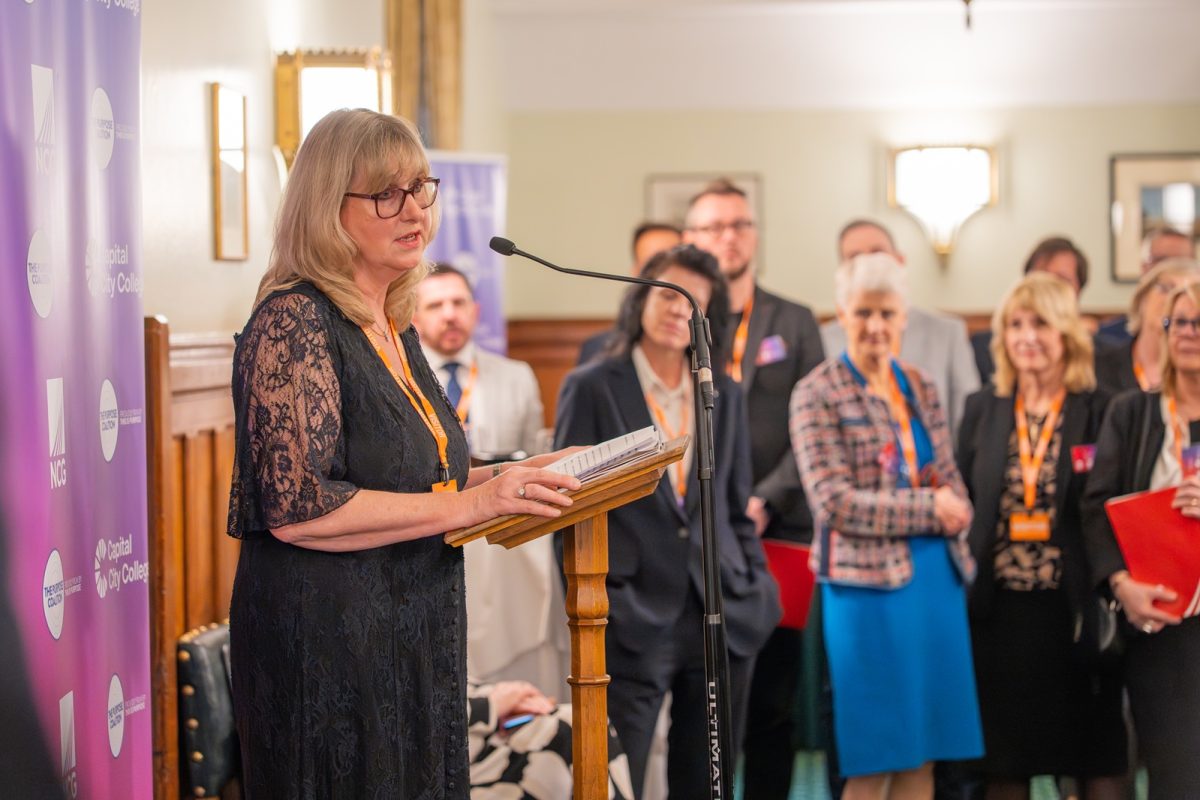


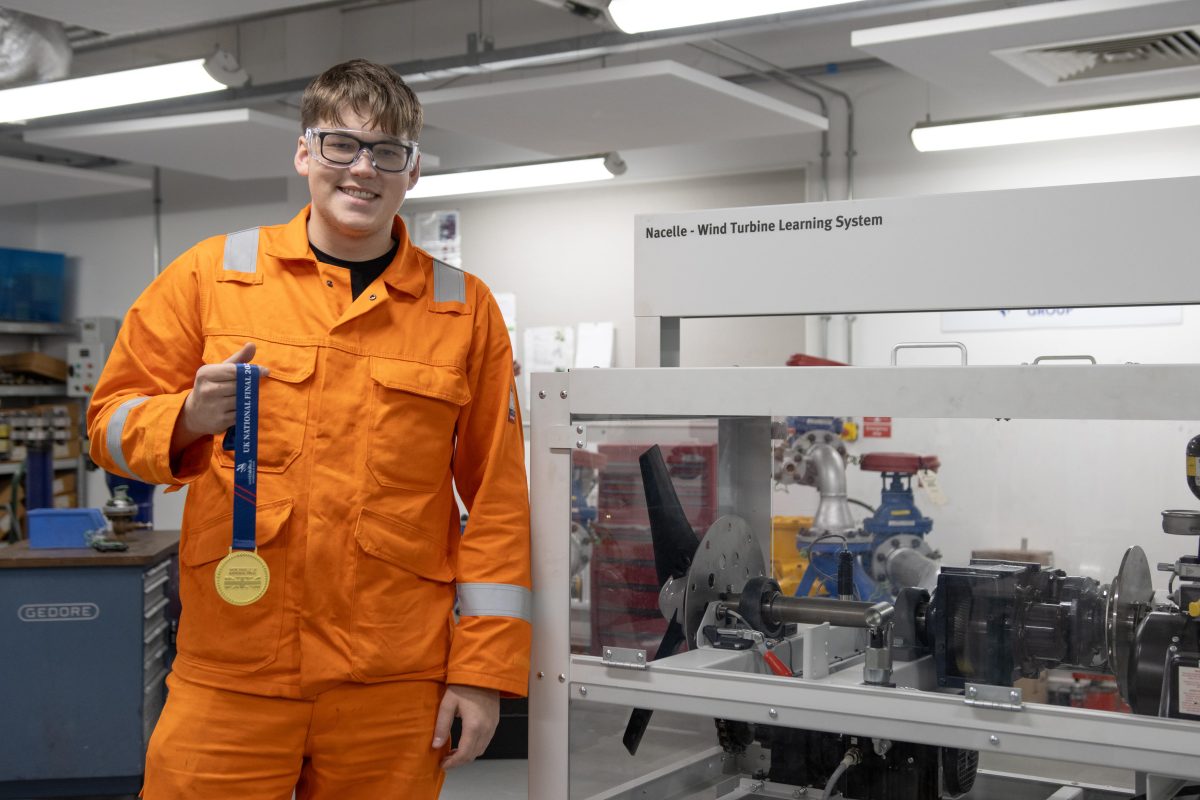



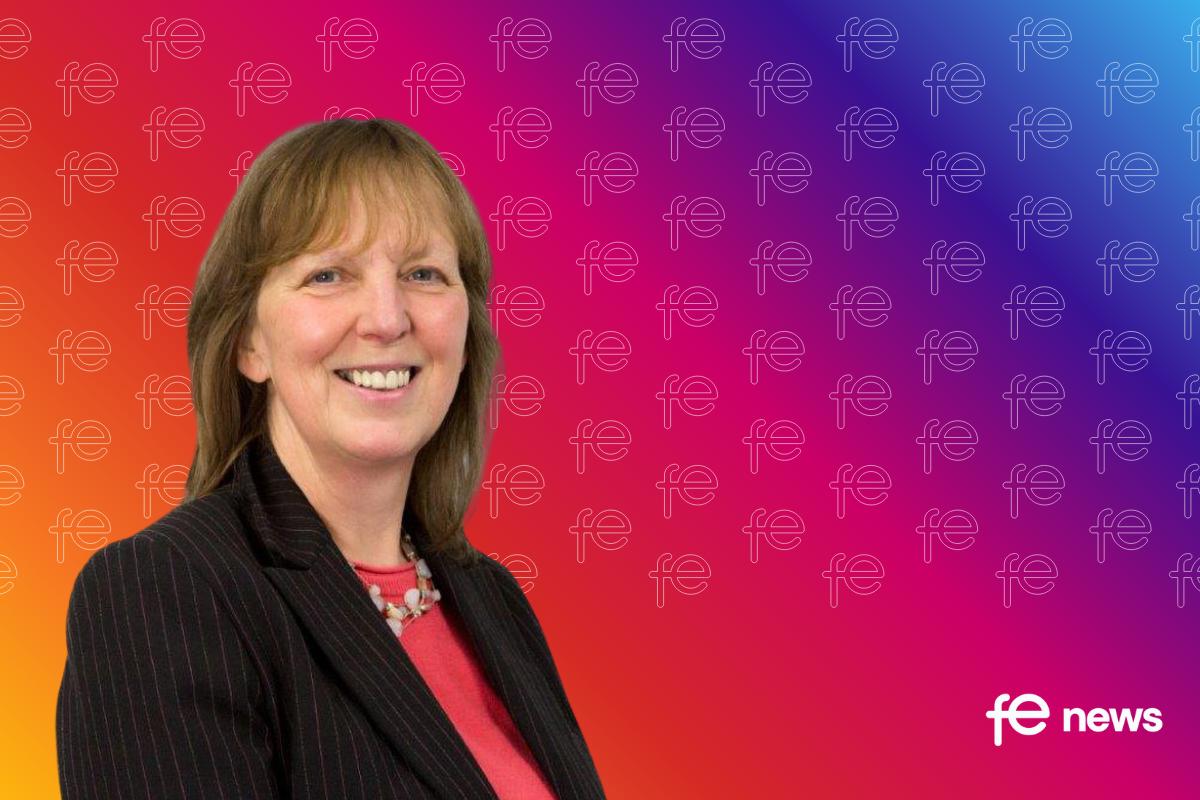
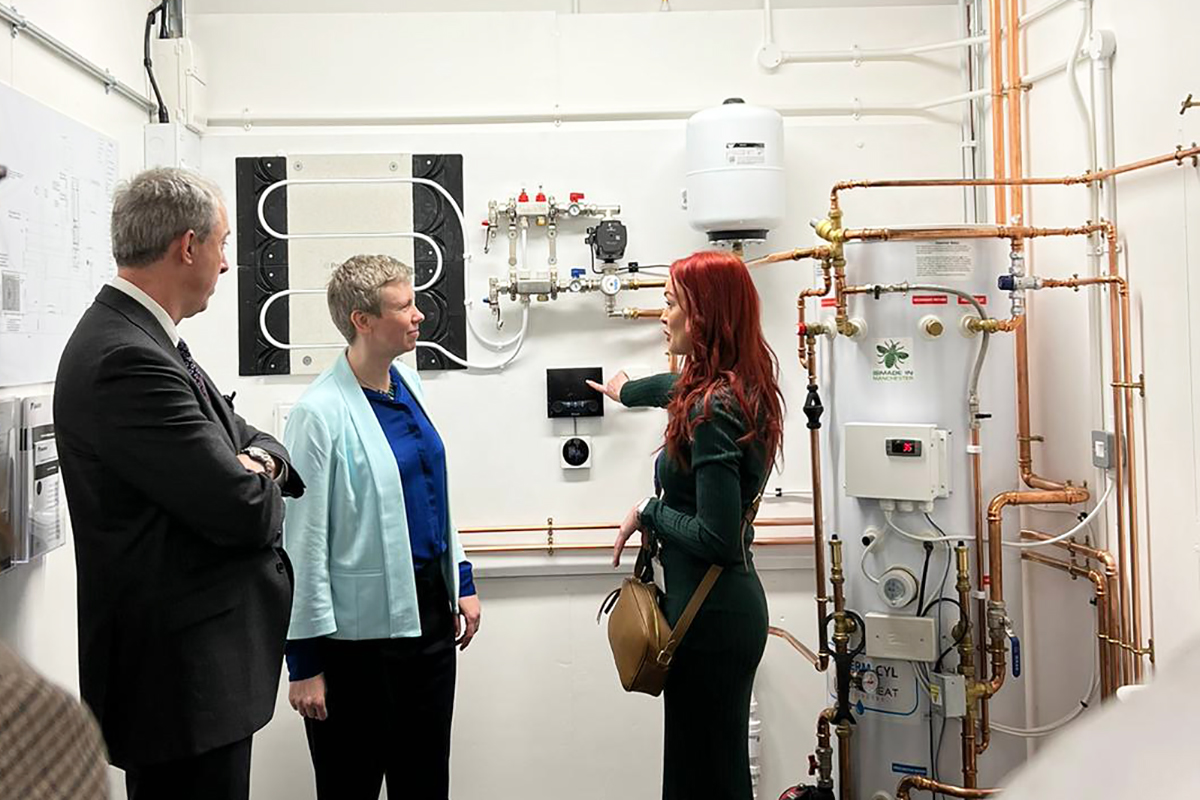
Responses